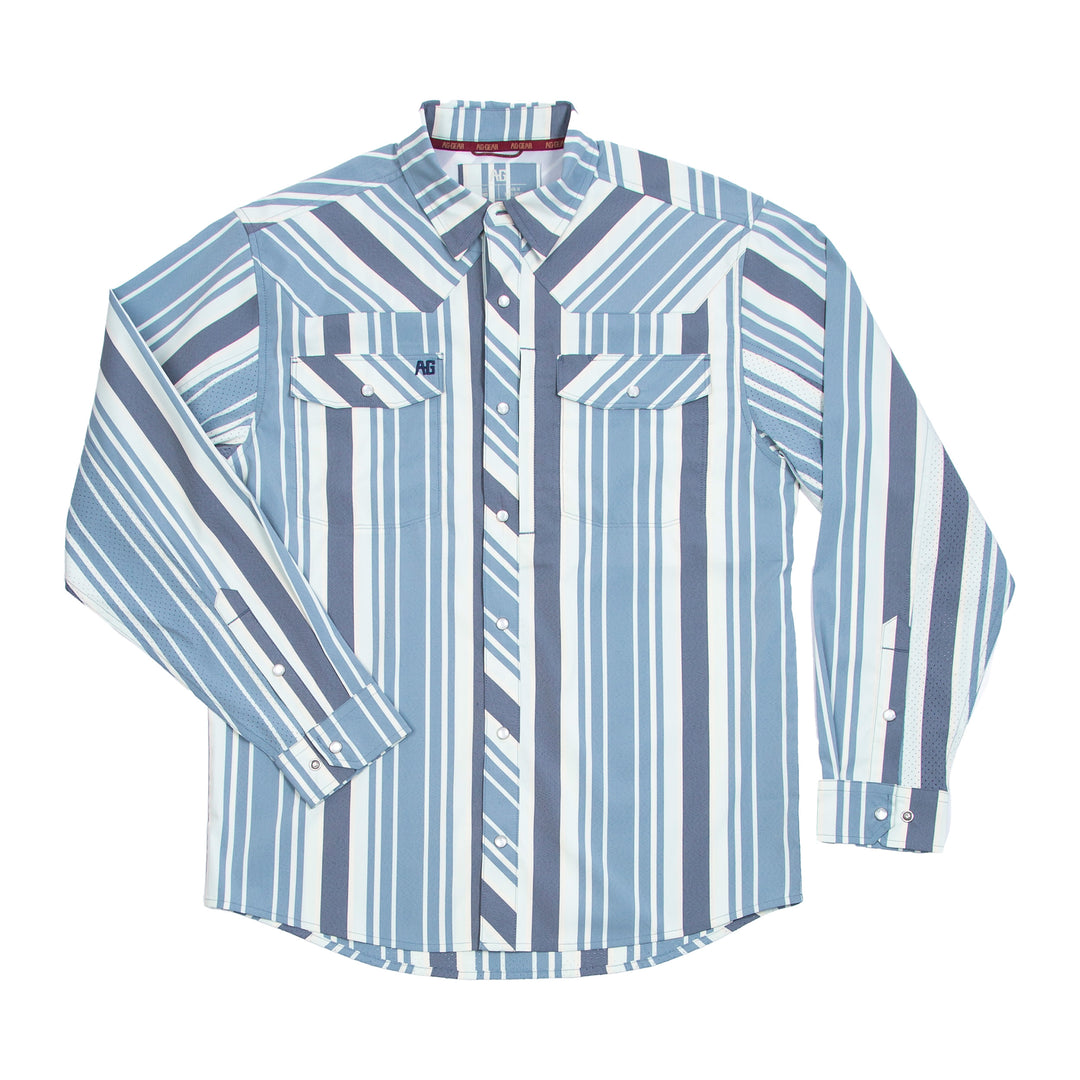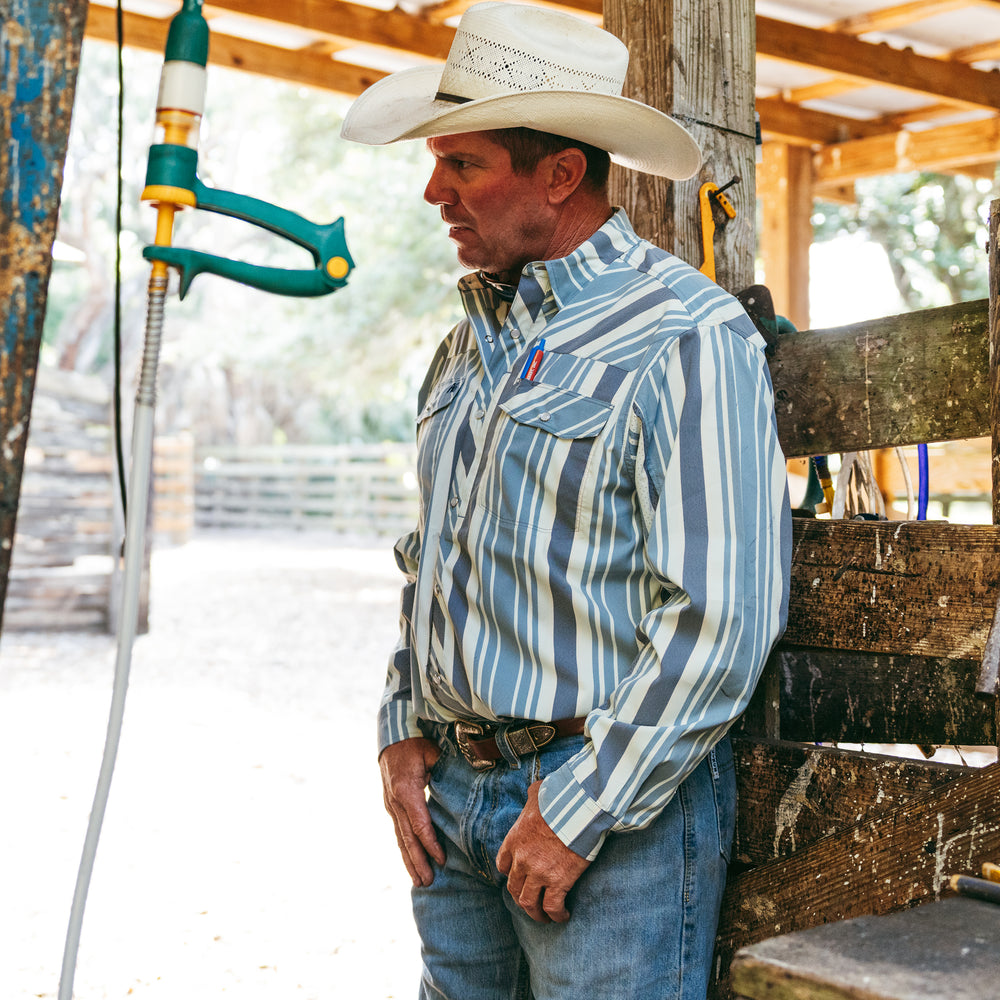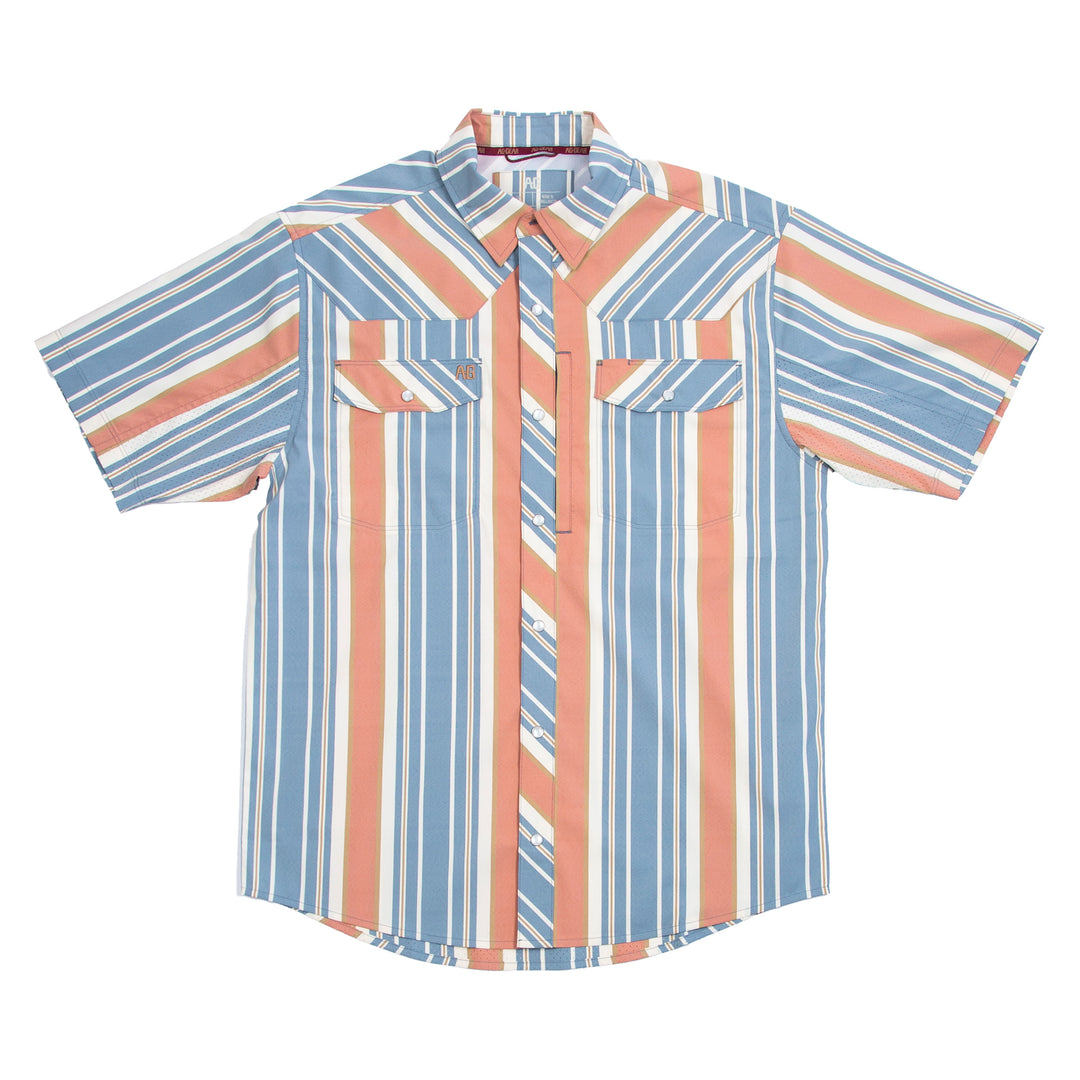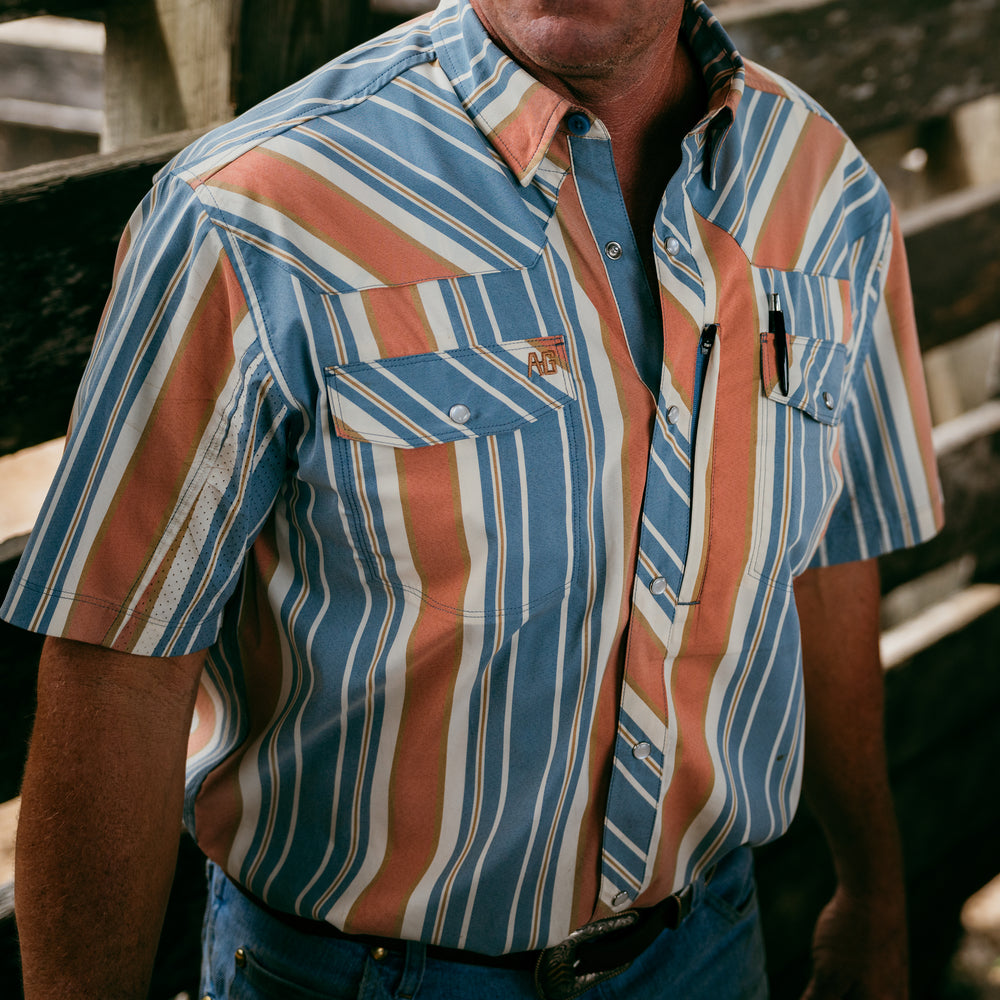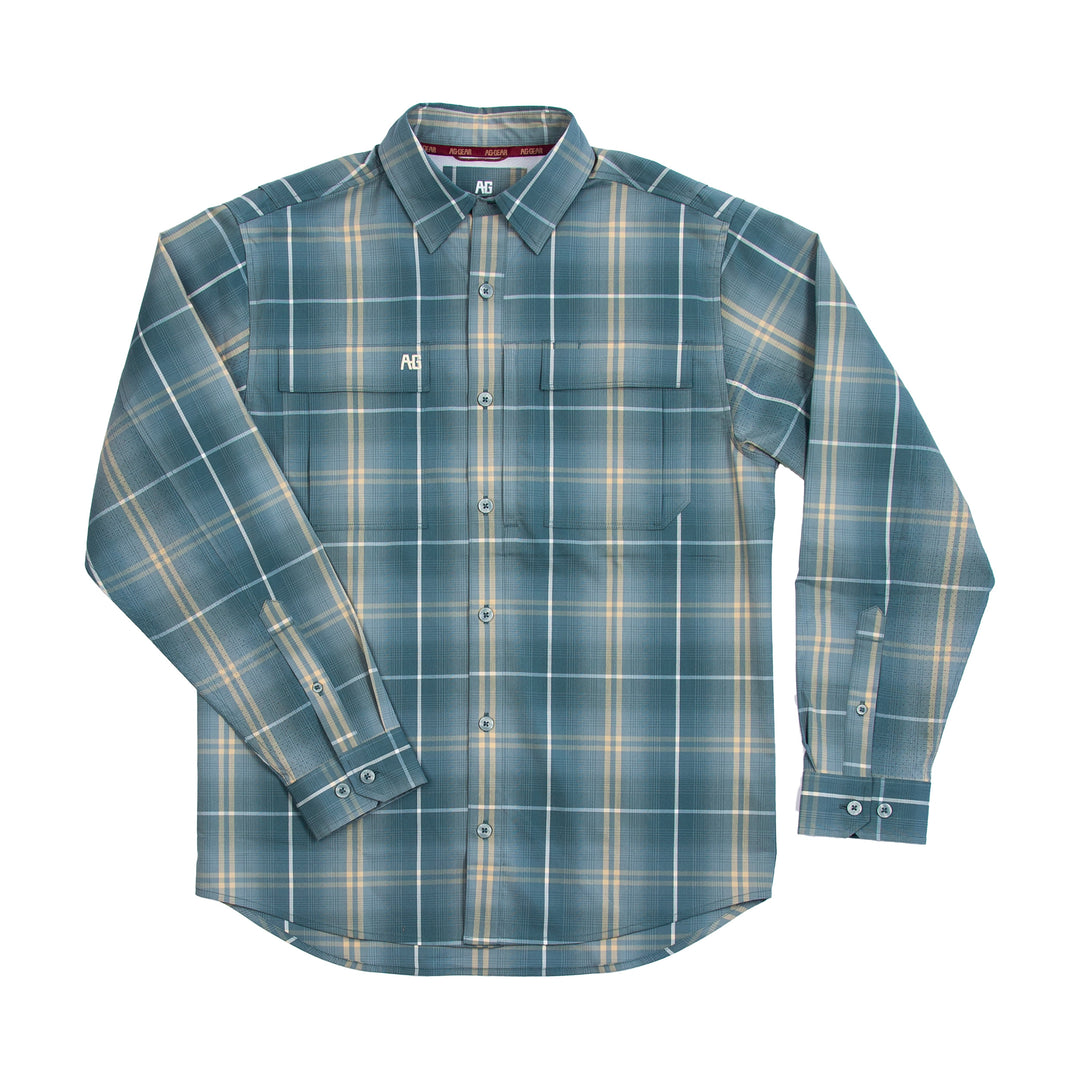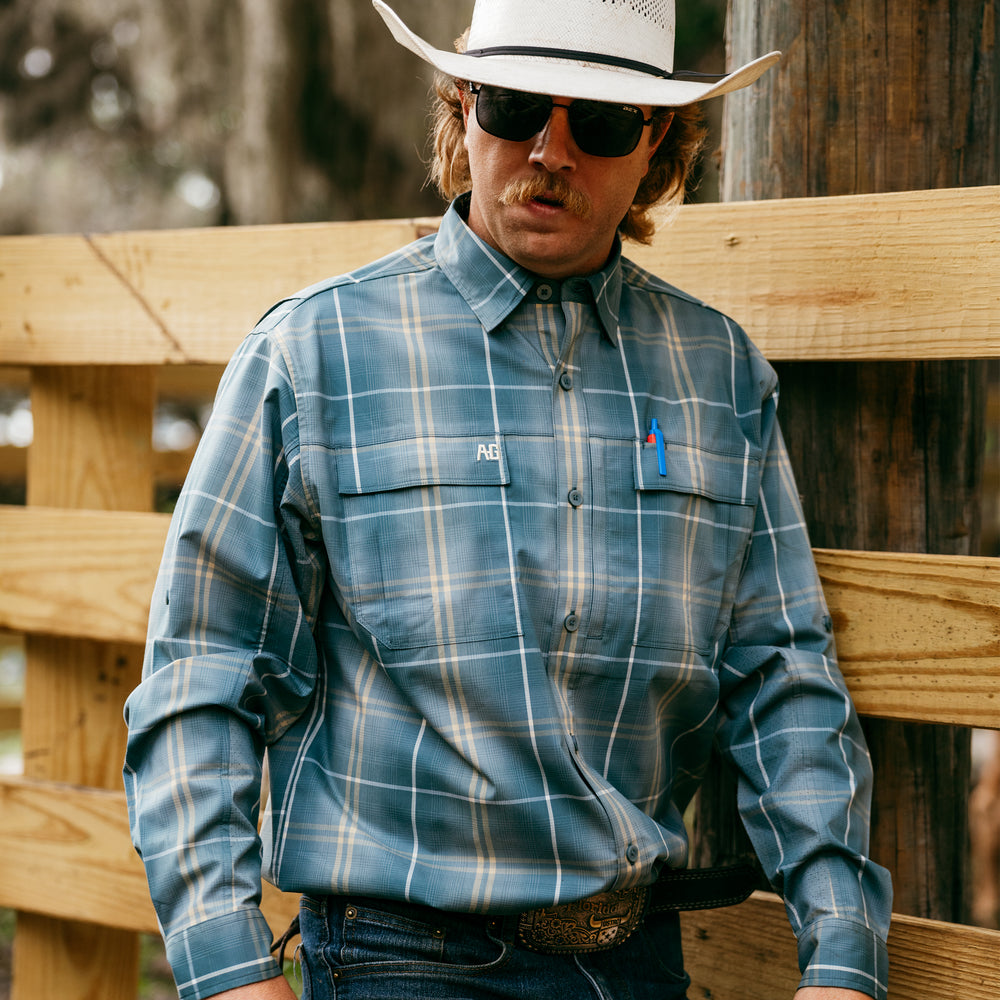un año de fresas
By Tyler Froberg
Two rows on a bed, twenty-four inches apart, 15,000 plants to the acre” is what I’m thinking of driving the side-by-side through the field counting rows. It’s March, the temperature is at 75 degrees and the berries are plentiful in the field. But those berries are in full swing, they have been for over a month. I am in the field counting rows and doing the math to order plants for next year's berries. If we order our plants in March, we will get everything we need (plus we order other smaller growers’ plants for them). So, the earlier we get the order in, the better. Meanwhile, in Canada and California, the nurseries we buy from are awaiting our order so they can have our plants ready for us by October. Most of the plants we order are bare root, they tend to fruit later which is great for us since we are a u-pick operation (a farm that allows their customers to pick their own fruit). We will order some plugs (these are plants that are already growing in soil) so that we can pick some early strawberries for our strawberry preserve business.
Plants ordered. Cross that off the list.

It's now June and it is time to pull the finished strawberries out of the ground and plant cowpeas. The cowpeas help fix nitrogen in our soil, add some organic matter, and act as a cover crop for us following the strawberries.
Cowpeas planted and harvested. Cross that off the list.
As the summer heat starts to let up in the evening, we start greasing up the plastic layer. Its September. It’s usually dry enough (as long as we don’t get hit by a hurricane) to start laying plastic. The earlier we can get it done the better, in case the rain does come. The field will be disked to ensure that the soil is in perfect condition to be rowed. We will then “line the field” using a pull behind marker. This marker will drag the line, which will show the operator who is bedding the rows up exactly where to drive. Then the field will be put into “rough” rows. We then run the bed shaper/irrigation layer over the “rough” row. This squares up and smooths out the bed and lays the drip line down the row. Then comes the plastic layer. The plastic layer will cover the bed in black plastic. This plastic provides us with several benefits; Weed prevention, heat retention, and moisture control. By September 25th, our goal is to have all of our plastic laid and awaiting strawberry plants.
Plastic is laid and field is ready to be planted. Cross that off the list.
“Hello, I have an order here of plants from Canada” the truck driver usually says exhausted from his long journey. Our team starts unloading the pallets, 50,000 plants to the pallet. We get the bare root plants to the cooler immediately. These plants are in an “unofficial” dormancy and we want them to stay that way until they are planted so keeping them cool is critical. As for the plugs, they head to the greenhouse to be watered.
Plants have arrived. Cross that off the list.
We watch the weather carefully. The dibble wheel is next. The dibble wheel is a tool that will poke the holes in the plastic and soil where each strawberry plant will go. We need the field to be nice and dry to poke the holes but we want rain in the forecast so that the plants get a good soaking (drip irrigation is hard to use to soak new plants). The dibble wheel starts to role.
Our operator is careful not to hit the plastic with the tractor tires. The rest of the team is beginning to bring plants to the field. Before the plants can be planted, they must get pre-dipped. The pre-dip is a fungicide and insecticide mix. This will provide some short-term care for the new plants as well as get rid of anything that the nursery had. As the dibble wheel finishes his first acre, the layout team starts to place a plant on each hole (we used to use a ride on machine to do this but our team felt like it was faster to do it on foot and less of a risk of damaging our plastic). At this time, it's really important that our planting team is ready and following close behind. We do not want the plants sitting on the plastic for very long before planting. The planters use a special planting “knife” that effortlessly pushes the plants in the ground without damaging them. One by each, each plant is planted.
Four weeks later and over 250,000 plants planted Planting is finished. Cross that off the list.
It’s the first week of November. The nights are cooling off, the days provide us with the three weeks of really pleasant weather that we look forward to in southeast Texas. We begin to place hoops every 10 feet. These half-moon shaped hoops are stuck into either side of the row and sit about 20 inches off the ground. These hoops will hold a twine that stretches the length of each row. This twine will keep our frost protection cloth off of the plants in case of a cold weather even and we have to cover. For the next two months, we will spend our days irrigating, fertigating (fertilizer through the irrigation), covering for frost, and uncovering.
New Years has come and gone. Cross that off the list.

If it's warm around the turn of the new year it's not uncommon for us to pick a few berries, especially off of our plugs that we planted. Then by January 15th, the plugs will be in full swing supporting our strawberry preserve business.
First strawberries harvested. Cross that off the list.
By the end of February, almost all of the varieties are beginning to produce. We have a strict spray schedule that we are keeping up with to ensure the highest yields possible. We are picking strawberries, packing them into clamshells, and selling them to chefs and in our farm store. As it begins to warm up in southeast Texas along the Gulf, we begin to get ready for spring break. As a u-pick farm, spring break is one of our busiest times of the year. We will host around 60,000 people over the course of spring break. We make sure that the strawberries are in the best shape possible meaning they are weeded, sprayed, fertilized, and mowed around the edges. At the beginning of spring break, the field is solid red. By the end of the week, the field is green. No ripe berries on site, which is the goal.
Spring break is over. Cross that off the list.
By April 1st, its officially warm in Texas, which means our strawberry plants are putting on “Runners”. Runners are the way strawberries reproduce. They are long stems with baby plants on the end, and if those baby plants take root, they make new plants. This is how the nurseries we buy from grow all of our plants. But we are after the fruit. If we want to stretch our season through May, we need to remove these so that our plants aren't wasting energy making new plants. We want all of the energy going to fruit production. So, we hit the field with knives in hand and cut as many runners as can.
Backs hurt, its hot, but runners are handled. Cross that off the list.
The season is officially winding down. We’ve picked hundreds of thousands of pounds of strawberries. We’ve welcomed well over 150,000 people onto the farm throughout the season. It’s the end of May. The temperature is averaging over 95 degrees every day. Strawberries do not like this at all. We’ve already ordered our plants for the next season. The pea planter is greased up and ready to plant the cover crop. We walk out to the field and pick a gallon of strawberries. We take these berries to grandma and she makes some homemade whip cream, buttermilk biscuits, and chops up the strawberries. It’s a tradition we have that we get to enjoy the last of the berries.
The Strawberry plants and plastic starts to get pulled. And the cycle continues. Cross that off the list







